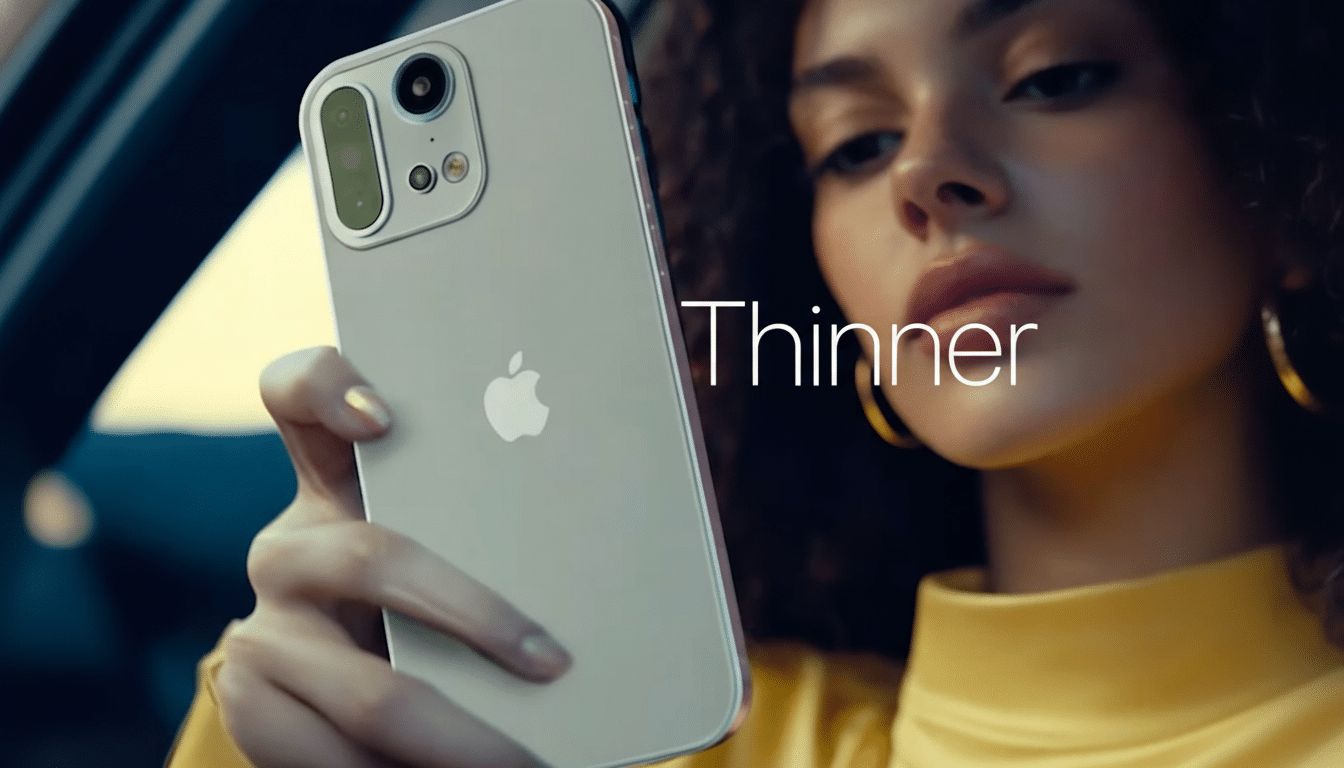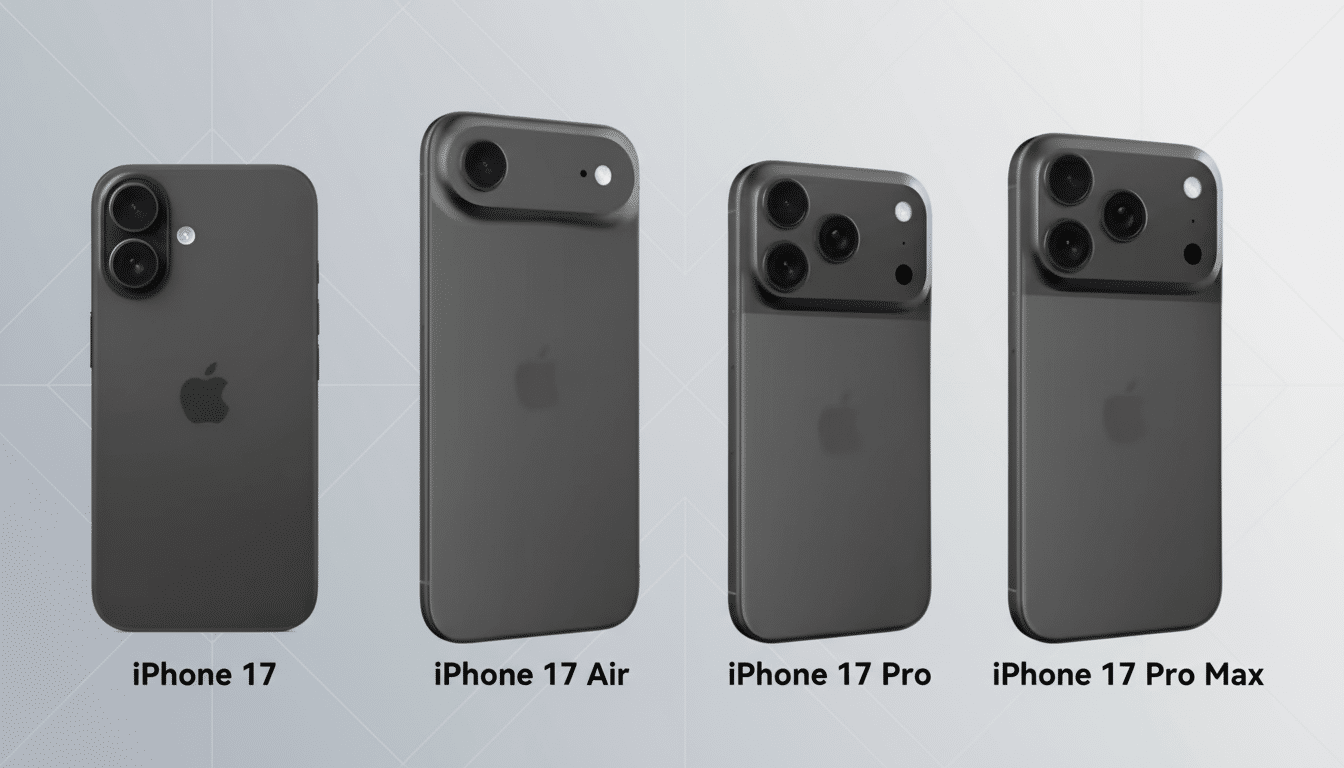Apple’s latest iPhone version 17 family has come out with price tags that appear to be higher at first glance and with them the inevitable question: is trade policy to blame for the increasing cost of your next phone? The short answer is more nuanced than a simple “yes.” Tariffs are a factor at the margins, but lineup reshuffling, base storage changes and component economics seem to be the true drivers.
What actually went up — and what didn’t
The base iPhone now starts at $799 in the U.S., up from the $699 that was the entry point before. The iPhone 17 Pro is $1,099 — $100 more than last year’s model — and the Pro Max retains its $1,199 price. There’s a $999 new iPhone 17 Air for you!

Context matters. The Pro also has a higher starting price, but also a higher base storage: 256GB compared to 128GB. On a direct comparing level, the 256GB Pro of the last generation was sat at exactly the same point. Similarly, the new Air starts at 256GB, so it’s more directly comparable to the old Plus model with 256GB of storage — a storage tier that once floated a whisper out of today’s $999 tier. Analysts at IDC and CCS Insight have observed that this storage shift reduces or can erase the apparent price delta when comparing equivalent capacities.
Tariffs: signal or scapegoat?
The uncertainty around tariffs on a variety of China-origin goods has been a wild card for tech importers. (Research by the Peterson Institute for International Economics has found that import duties tend to be passed on to U.S. prices in many categories. That’s why, in the lead-up to the launch, a series of reports raced to extremes with possibilities — remember chatter about a $2,300 iPhone, per Reuters coverage, which was followed by pre-emptive buying sprees, according to Bloomberg).
Smartphones are a special case. Finished phones and parts of them have crisscrossed a web of exclusions and changing classifications, as Apple has diversified final assembly into India and overspread component sourcing apart from mainland China. With key suppliers in Japan, South Korea and Taiwan, the company can also to some extent dull the direct impact of tariffs. Gartner’s device analysts have warned that tariffs might be “masked” by spec – changes (another way to put that is any tax pressure can be hidden inside storage or memory upgrades rather than presented as an additional tariff).
The bottom line:There is an added layer of friction and some potential cost risk from the tariffs, but the reportedly big, clean, across-the-board tariff-driven price spike some feared did not come to pass. The pricing picture seems more a gallery of product strategy than of policy shock.
Specs shuffle altered the math
Apple played a bit of three-card monte by upping the base storage in its higher-end models and replacing the “Plus” slot with the “Air,” which ships standard with 256GB. That reframes comparisons for shoppers skimming headline prices.

It hitchhikes off those ingredient trends, too. NAND flash pricing has gyrated but generally been more favorable to buyers in recent cycles, TrendForce said, making it cheaper for phone-makers to bump up base storage without blowing up their bill of materials. All the pricey parts are in other places: best-in-class chipsets made on leading-edge nodes, higher-tier camera sensors, and more sophisticated thermal and lens assemblies. Those subsystems have been an area where Counterpoint Research has consistently pointed to as the primary driver behind growing hardware costs for premium-handsets.
Analysts such as Paolo Pescatore point out that the doubling of standard storage (not to mention other improvements) on the Pro means that $1,099 tag isn’t just a pure price hike, but a bit of a repositioning. And IDC’s Anthony Scarsella notes that the 17 Air’s 256GB model is cheaper than last year’s comparable 256GB “Plus” was at launch. What this means in practice is the lineup is reoriented on capacity and feature tiers, not simply marked up.
Other Apple pricing factors
Currency and hedging strategies also matter, especially internationally, where exchange rates can swing local pricing wildly from one generation to the next. Inside the U.S., subsidies tend to soften device costs while keeping consumers even more tied to carriers and two or three years upgrade cycles waiting on carrier approvals (sometimes on the worse network in the U.S. given Apple’s penchant for compatibility) and how much a carrier wants per month for financing.
There’s also the margin calculus. Apple’s gross profit margin for the company as a whole has been in the mid-40s in recent filings. Maintaining that profile, while introducing more expensive camera arrays, custom silicon, and AI-friendly features, tends to push list prices upward over time, unless it can be counteracted by component deflation elsewhere.
The bottom line: The main story here isn’t tariffs
Yes, tariffs are still part of the backdrop, and they may be imbedded in costs at the component level. But the visible changes in iPhone 17 pricing are largely the result of a lineup reshuffle and base storage upgrades, not an across-the-board duty shock.
For buyers a smart comparison is capacity to capacity, and feature to feature. If 256GB is more your speed, the Pro and Air tiers are within spitting distance of last year’s equivalents. If price is your main concern, the standard model’s $799 price is indeed higher — although trade-in and carrier deals can erase a good chunk of that price gap. Blame tariffs if you want, but the evidence suggests product strategy is a far more significant reason your next iPhone could be more expensive.

